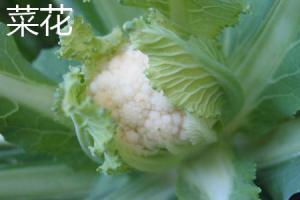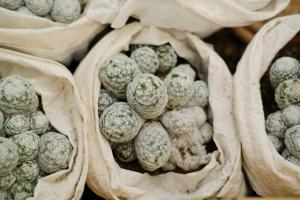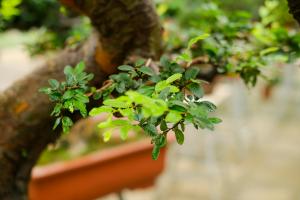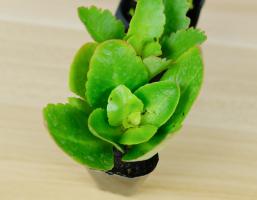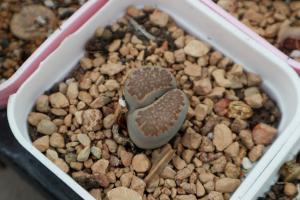Preventing and Controlling Plant Pests
Plant pests like insects, mites, and diseases can quickly take over a garden or indoor plants, causing damage and frustration for gardeners. Fortunately, there are many methods for preventing and controlling plant pests that don鈥檛 require harmful chemicals or pesticides. Here are some tips on how to get rid of plant pests:
Prevention
Preventing plant pests from invading your garden is the best tactic for maintaining healthy plants. One of the best ways to prevent plant pests is to keep your plants healthy and strong by providing good growing conditions. This means making sure plants get enough sunlight, water, and nutrients. Over-fertilizing or under-watering can weaken plants and make them more vulnerable to pests.
An important part of prevention is also keeping a close eye on your plants to spot any pest problems early on. Regularly inspect your plants for signs of damage, such as yellowing or spotted leaves, wilting, or holes in leaves. If you suspect a pest problem, take action promptly to avoid further damage.
Non-Toxic Pest Control Methods
When it comes to controlling plant pests, it鈥檚 important to choose methods that are safe for the environment, pets, and people. Here are some non-toxic pest control methods:
Handpicking: Physically removing pests by hand is often an effective and easy way to control small infestations. Check your plants regularly and remove any pests you find by hand.
Beneficial insects: Introducing beneficial insects like ladybugs, lacewings, and praying mantises can help control pest populations naturally. These insects will prey on pests like aphids, mites, and caterpillars.
Neem oil: Neem oil is a natural insecticide that can be used to control a variety of plant pests. Mix neem oil with water and spray it on your plants. The neem oil will suffocate the pests and prevent them from reproducing.
Cultural Methods of Pest Control
Cultural methods of pest control involve altering the growing environment to prevent or reduce pest populations. Here are some examples of cultural methods:
Companion planting: Planting certain types of plants together can help control pests. For example, planting marigolds or nasturtiums near vegetables can help repel pests like aphids and whiteflies.
Crop rotation: Avoid planting the same crop in the same place each year. This will help prevent soil-borne diseases and pests from building up in the soil.
Sanitation: Keeping your garden clean and tidy can help prevent pest infestations. Remove any dead plant debris, and keep the garden free of weeds.
Conclusion
Getting rid of plant pests doesn鈥檛 have to involve harmful chemicals or pesticides. By employing preventative measures, non-toxic pest control methods, and cultural methods, you can maintain healthy and thriving plants in your garden or indoor space.

 how many times do yo...
how many times do yo... how many planted tre...
how many planted tre... how many pine trees ...
how many pine trees ... how many pecan trees...
how many pecan trees... how many plants comp...
how many plants comp... how many plants can ...
how many plants can ... how many plants and ...
how many plants and ... how many pepper plan...
how many pepper plan...